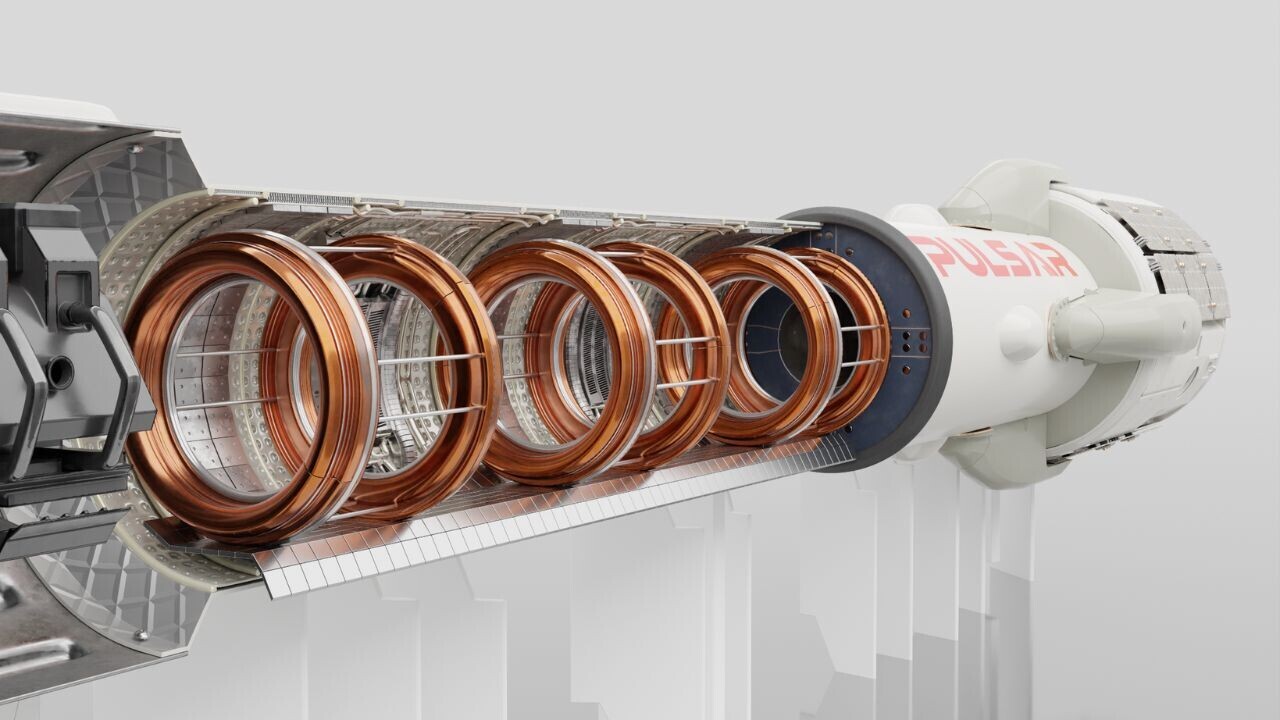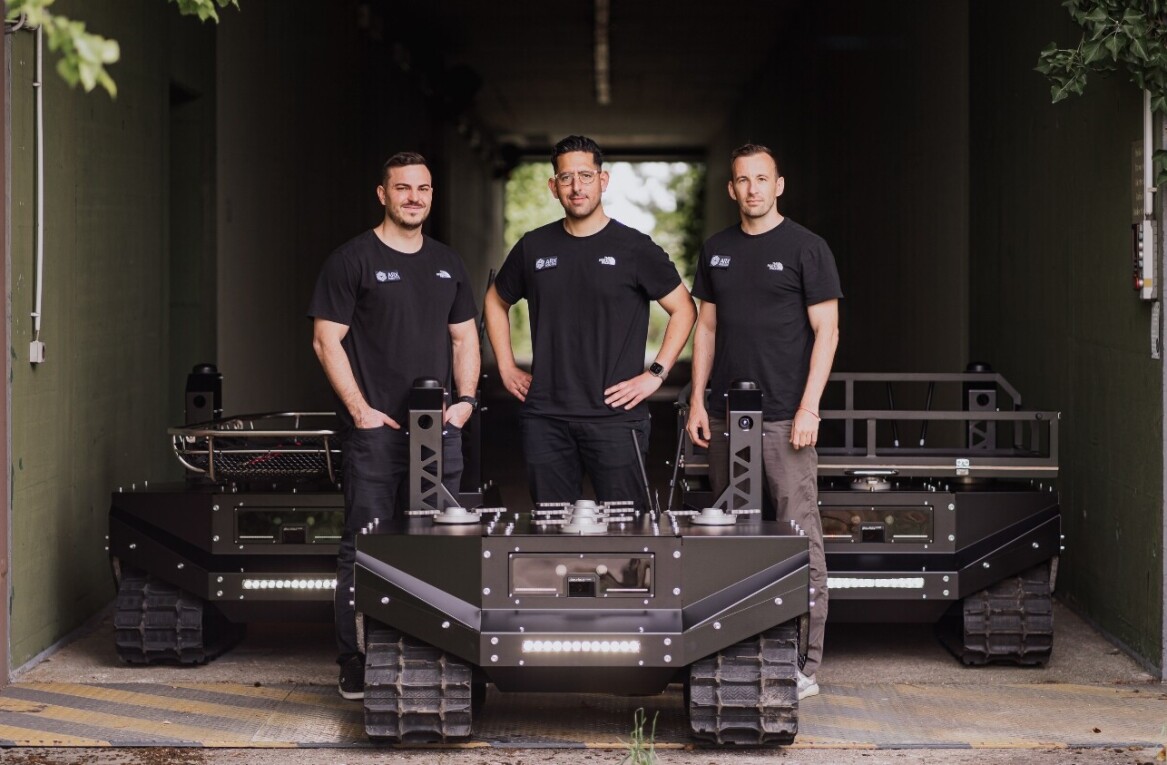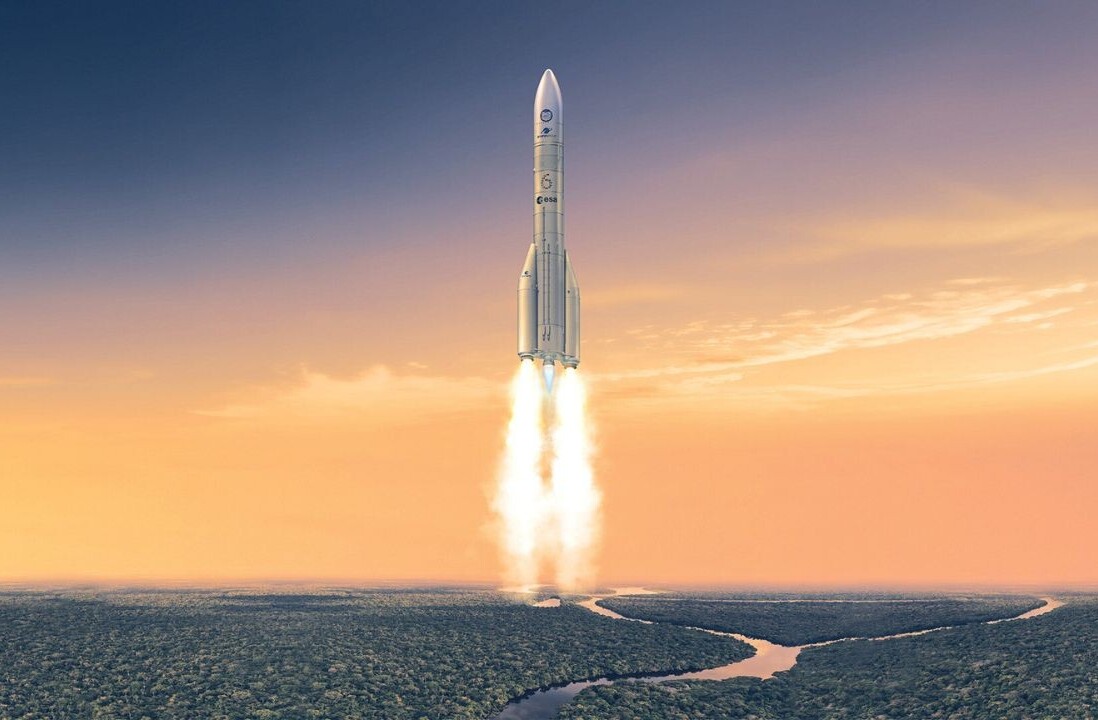
A UK startup is building a nuclear fusion rocket engine that aims to halve the journey time to Mars.
Pulsar Fusion, an aerospace firm based in Bletchley, expects the system to exceed speeds of 805,000kmph and the hottest temperatures in the solar system. To reach those eye-popping targets, the startup will harness nuclear fusion, a reaction that gives the Sun its energy.
In brief, nuclear fusion fuses two atoms together to liberate vast amounts of energy. Scientists believe the process can create limitless, zero-carbon energy to replace fossil fuels. But the benefits could reach space before they’re felt on Earth.
“Space is the ideal place to do fusion in terms of it being a vacuum and the extremely cold temperatures,” said Richard Dinan, CEO and founder of Pulsar Fusion.
“Unlike a fusion power station, fusion propulsion doesn’t require a giant steam turbine and fuels can be sourced externally rather than needing to be created on-site.”
To reap these benefits, Dinan plans to produce propulsion directly in the fusion engine. He believes this can be achieved within just four years.

Dinan’s plan involves creating a plasma of electrically-charged particles. When the final plasma shot is fired in the eight-metre fusion chamber, the temperatures are set to reach several hundred million degrees — hotter than the sun.
“The difficulty is learning how to hold and confine the super-hot plasma within an electromagnetic field,” said Dr James Lambert, CFO of Pulsar Fusion.
“The plasma behaves like a weather system in terms of being incredibly hard to predict using conventional techniques. Scientists have not been able to control the turbulent plasma as it is heated to hundreds of millions of degrees and the reaction simply stops.”
Recent breakthroughs, however, have brought the concept closer to reality. In December, for instance, scientists produced the first fusion reaction that created more energy than it took to start the reaction. The milestone was hailed as “one of the most impressive scientific feats of the 21st century.”
At Pulsar Fusion, hopes have been further buoyed by new advances in AI. To tap the benefits, the company has teamed up with the US-based Princeton Satellite Systems to predict how plasma behaves under electromagnetic confinement. The machine learning simulations will guide the rocket engine’s design.

In 2027, Pulsar Fusion plans to demonstrate that its rocket can achieve fusion temperatures. If the tests are successful, the company will move a step closer to creating the world’s first commercially viable fusion-based engine.
“The technology has the potential to half mission times to Mars, reduce flight time to Saturn from eight years to two and ultimately empower humanity to leave our solar system,” said Dinan.
Get the TNW newsletter
Get the most important tech news in your inbox each week.




